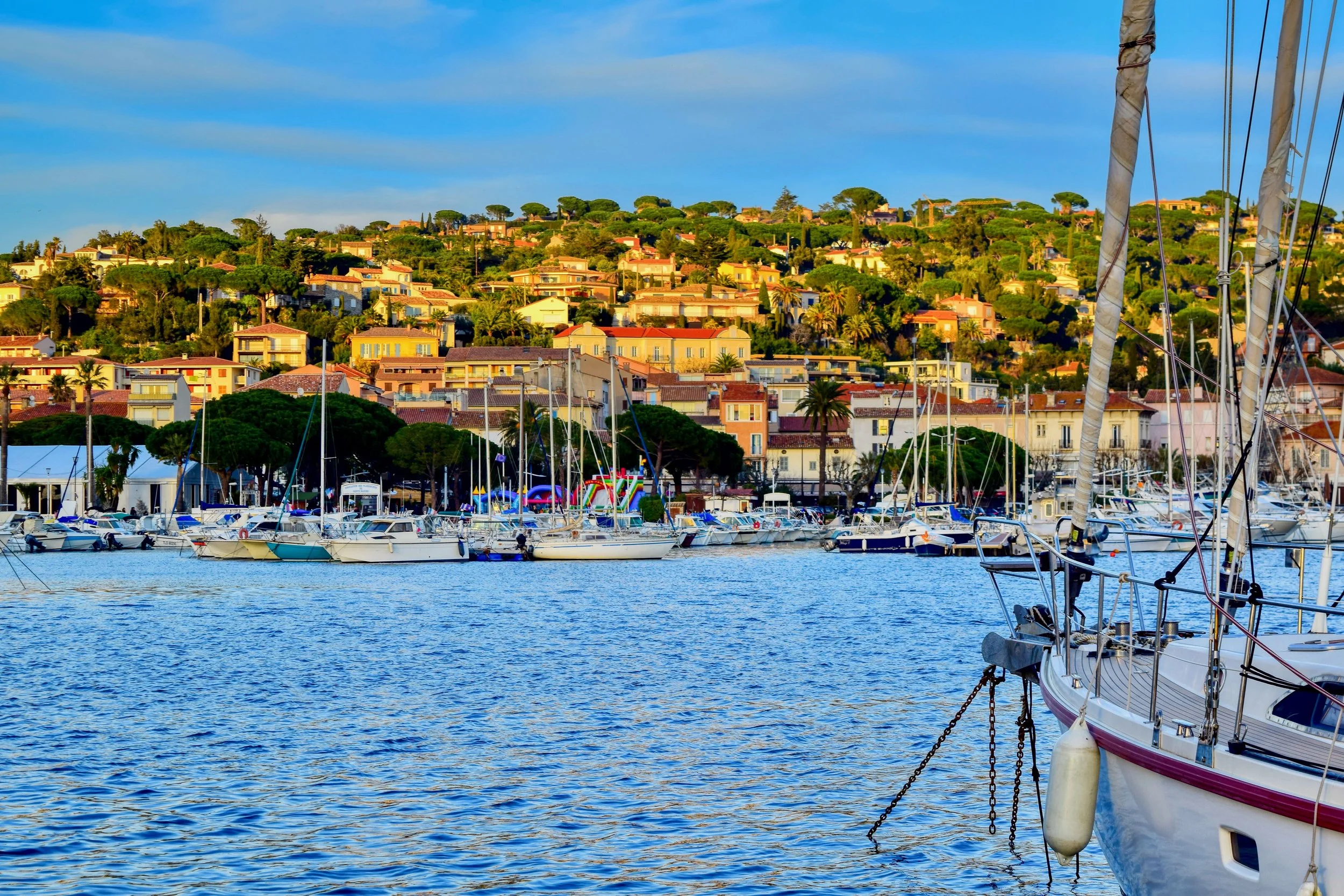Saint Max Provence, France.
Established: 2019.
Proprietor: Abeille and Fabre Family.
Winemaker: Pierre Fabre.
Wine Making Overview: Direct pressing in pneumatic presses. Short skin contact to ensure a pale and bright hue as well as an intense aromatic expression. In order to preserve the natural acidity and freshness of the wine’s aromas, the malolactic fermentation is not processed. Aging on fine lees in tanks for 3 months then early bottling: January/February of the year following harvest.
Average Production: 30,000 bottles.
Viticulture: Sustainable and integrated farming
Vegan Friendly: No.
Appellations: AOC Côtes de Provence
Vineyard Area:
Vineyards: The vineyards are located in the inner valley of the Cuers plain, on the foothills of the Massif des Maures, and on the arçois inland country at the foot of these same mountains.
Vine Density:
Saint Max Rosé is named after Saint Maximin d'Aix, the legendary first bishop of Aix-en-Provence from the 1st century AD. According to the legend, he was the steward of the family of Mary Magdalene and her brother Lazarus and sister Mary at Bethany. Around the year AD43 he fled the Holy Land with them in a rudderless and sail-less boat. Miraculously they survived to land at Saintes-Maries-de-la-Mer, in the Camargue near Arles.
After landing in the Camargue, Mary Magdalene and Maximin began to convert the local people in Marseille and Aix-en-Provence. came to Marseille and converted the local people. Later in life, according to the founding legend, Mary Magdalene retired to a cave in the Sainte-Baume mountains until, on her last day she came to Maximin so that he could give her communion and arrange her burial. Her sarcophagus is now at the Basilica of St Mary Magdalene at Saint-Maximin-la-Sainte-Baume, the town named after Maximin.
Today Saint Maximin is the patron saint of the diocese of Aix.
2024 Saint Max Rosé Côtes de Provence
73 % Grenache, 22 % Cinsault, 5 % Syrah, . Whole-bunch pressed and given a short skin contact to ensure a pale and bright hue as well as an intense aromatic expression. In order to preserve the natural acidity and freshness of the wine’s aromas, there is no malolactic fermentation. Ageing on fine lees in tanks for 3 months then early bottling: January/February of the year following harvest.
‘Pale pink color, intense citrus (grapefruit) and peach notes and a delicate, intense mid-palate. Ideal as an aperitif, with shellfish or crusted prawn served with citrus sauce.’ Pierre Fabre, Winemaker.
2024 Max Rosé IGP Méditerranée
65% Grenache, 25% Syrah, 10% Cinsault from vineyards located in the Luberon and the Bouches du Rhone. 100% de-stemmed grapes followed by direct pressing in pneumatic presses and given a short skin contact to ensure a pale and bright hue as well as an intense aromatic expression. Cool fermentation in tank at 15° without malolactic conversion in order to preserve the natural acidity and freshness of the wine’s aromas. Ageing on fine lees in tanks for about 6 months and bottled in the northern Spring of 2025.
‘Very bright and pale pink color with delicate citrus and floral nose. Crisp, dry, refreshing and light bodied wine with lime and wild strawberry character. Ideal as an aperitif, with seashells or grilled fish.’ Pierre Fabre, Winemaker.

